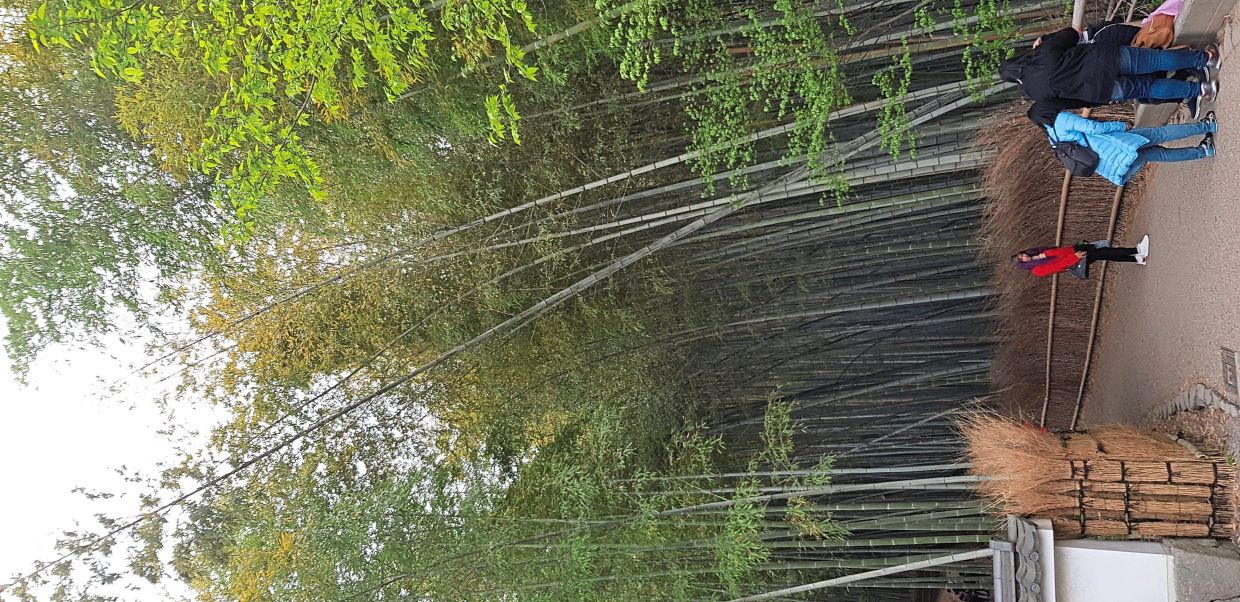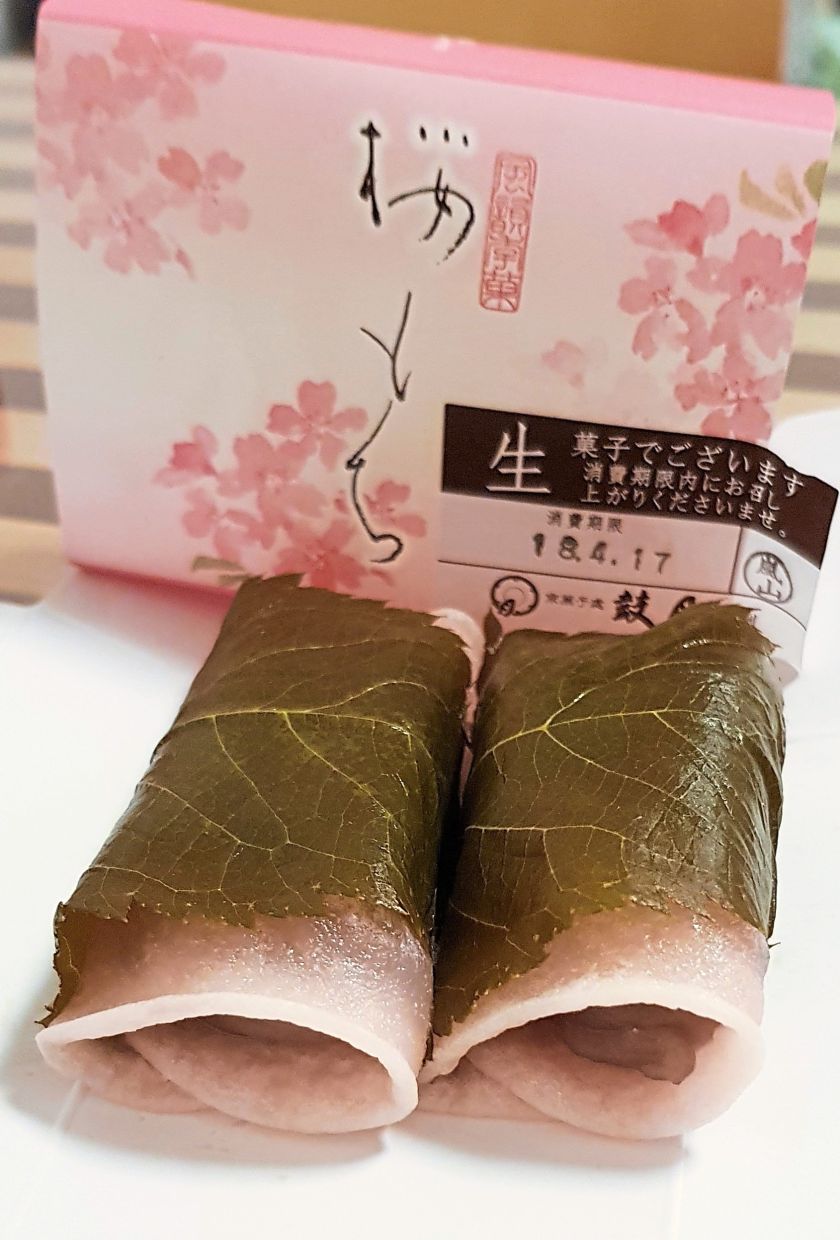Photo: Pixabay
Spring is that moment when cherry blossom enthusiasts flock to places like Japan and South Korea to enjoy the beautiful blooms of the pale pink flower.
Sure, the flower – known as sakura in Japanese – comes in other colours too, like white and yellow, but there is just something about the pink variety that lends a sense of romanticism to life.
Like looking through “sakura- tinted glasses”, if you will.
Suddenly everything is serene and peaceful, even if just for a moment as you watch the trees bearing the little pink petals sway to the rhythm of the cool spring breeze.
At least, that was what my friends and I were hoping to experience a few years back. To our dismay, we landed in Kansai region in Japan about a week too late to catch the full bloom. In fact, by that time in mid-April, it was hard to catch even a glimpse of a tree with a full crown of pink.
Undeterred, we continued with our week-long itinerary, keeping an eye out for at least one tree that would serve as a picture-perfect springtime background for us.
Let’s fly to Kansai
Our journey began in Kyoto; its moniker “thousand-year capital” refers to its time as Japan’s capital from 794 until 1868.
Historical wooden buildings set against a backdrop of verdant greenery demonstrate the zen philosophy that the Japanese live by. Inner peace and tranquil mind – not hard to acquire with such peaceful scenery.
Though admittedly, finding that zen can be a little hard when you’re amid throngs of tourists. (And like you, they are also there to capture as much as they can of Japan’s traditional and natural wonders.)
We realised this as we navigated the busy streets of Arashiyama, trying not to lose each other in the crowd. Finally, we crossed the Togetsukyo Bridge, while admiring the wide expanse of Katsura River, and successfully made our way to the district’s famed bamboo grove.
Arashiyama Bamboo Forest was truly as majestic as it appears in movies and pictures. It would’ve been a more majestic experience if we weren’t preoccupied with trying not to slip and fall on the wet ground. There had been a slight drizzle earlier, rendering parts of the path muddy and slippery.
A light shower caught us by surprise, we hastily put our raincoats on before it got heavier – which it did for a while, leaving the views of the towering bamboos momentarily obscured under a thick veil of rain. Eventually, it let up and we were able to resume our wandering.
Temples and docile deer
We also visited Kiyomizu-dera while in Kyoto. Unfortunately, the famous temple, which is one of the “Historic Monuments Of Ancient Kyoto” Unesco World Heritage Site, was under renovation during our visit. But we still managed to explore its beautiful grounds and enjoy the view from the top of the hill it sat upon.
The sloping streets surrounding it, Ninenzaka and Sannenzaka, feature old Machiya-style buildings and temples that will make you feel like you’ve travelled back in time. Ninenzaka is also where you will find the Yasaka Pagoda or Hokanji Temple – that distinctive five-storey structure you see in basically every Google Image search of Kyoto.
We tried to recreate the aesthetic photographs of young ladies in kimono staring wistfully at the iconic pagoda. Alas, the street was simply too packed with tourists.
We allocated a day of our trip to travel by train to Nara, another former capital of Japan (710 to 794). Our goal: To see the deer roaming freely in Nara Park.
We achieved that goal easily enough, as the deer were everywhere! Used to humans, they even readily posed for photographs. We found out taking selfies with the docile deer was easy enough – if you could stand their smell. (No offence to the adorable animals.)
As often seen on social media, they really do bow, an act unique to the deer in Nara. To get them to do so, just purchase the crackers sold at the park and feed them these.
Pink foliage
Back in Kyoto, our final destination there was Tetsugaku No Michi or The Philosopher’s Path.
It was here that we finally encountered our first blooming sakura tree! We were ecstatic to see what was possibly the only cherry blossom tree there still in the pink of health, so to speak.
The dirt path between it and the cafe it was situated next to was “littered” with tiny pink petals shed by the trees that lined the canal, which was also painted pink by the petals floating in the water.
Understandably, we took endless snaps of photos. We had to creatively angle our cameras to avoid giving away the fact that the other trees were sans flowers at this point, but at least we got our photos with the pretty pink tree that had long eluded us.
We had to move on, and Osaka was next on our itinerary.
The falling petals – soft and fragile as some brushed against our outstretched fingers – fluttered in the wind, giving us a mini hanafubuki (flower snowstorm) moment as we made our exit from the place.
In Osaka, we visited the usual attractions, such as the Osaka Castle (our tour inside it was regrettably rushed because we arrived shortly before closing time), Osaka Aquarium (where one of us lost a camera, and admirably it was actually found and returned to us the next day), and Shinsekai (neon lights bathed us as we explored the area), but the most memorable for us was spending a whole day at Universal Studios Japan (USJ).
Being a bunch of “Potterheads”, The Wizarding World Of Harry Potter was a joy to spend time at. The VR was so realistic we really thought we would leave the Harry Potter And The Forbidden Journey ride completely soaked in Acromantula slobber.
Equally memorable was our washroom stop in Hogsmeade, where we heard a familiar moaning and crying sound.
It took us a moment to realise that was Moaning Myrtle – except she was speaking (or moaning, rather) in Japanese!
Lessons learned
Hopefully, our “sakura trip” has given you a rough idea on how to plan your own.
First and foremost, check the forecast and book your tickets for when the blossoms are in full bloom. Yes, the steep prices for flight and accommodation will be worth it.
Second, check each place of interest you plan to visit and make sure they’re not under renovation – or worse, permanently closed!
Third, brush up on your Japanese or have a translation app handy, English isn’t widely spoken in some parts. It will prove highly useful especially when you can’t read the menu or if you lost a precious item.
Now that you have the basics, go forth and plan the best trip to springtime Kansai (or any other region of your choosing).
Hopefully, you will have sweet sakura-filled memories by the time you bid Japan sayonara.
> For more pictures, check out the Image Gallery.













